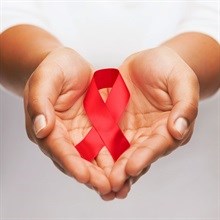
Top stories






More news












According to an International Labour Organisation (ILO) study, the number of HIV infections has declined steadily over the last decade in general terms.
"Thanks to key interventions such [as] behaviour change communications, condoms, prevention of mother-to-child transmission, widespread circumcision campaigns and other preventive measures, new HIV infections have declined steadily over the last decade," Labour Minister Mildred Oliphant said.
Minister Oliphant launched the ILO study on Friday, 24 April 2015.
"This is also confirmed by the studies elsewhere in the world, which indicated that in 2013, the world registered 2.3 million new HIV infections, a 33% decline from 2001 levels," she said.
Minister Oliphant said the Global Fund points out that the decline in the number of new HIV infections is not only the result of increased prevention, it also correlates with an increase in the number of people accessing HIV treatment.
"It also points out that putting an HIV-positive person on treatment reduces their chances of transmitting the virus by as much as 90%," she said.
Minister Oliphant said the study in its analysis concluded inter alia that:
The total number of people living with HIV in South Africa was estimated at approximately 5.51 million in 2014, which is an increase from 4.09 million in 2002.
"This is a huge number and worrying by any standards and it could easily be equivalent to a total population of some countries in our continent," Minister Oliphant said.
SAnews.gov.za is a South African government news service, published by the Government Communication and Information System (GCIS). SAnews.gov.za (formerly BuaNews) was established to provide quick and easy access to articles and feature stories aimed at keeping the public informed about the implementation of government mandates.
Go to: http://www.sanews.gov.za